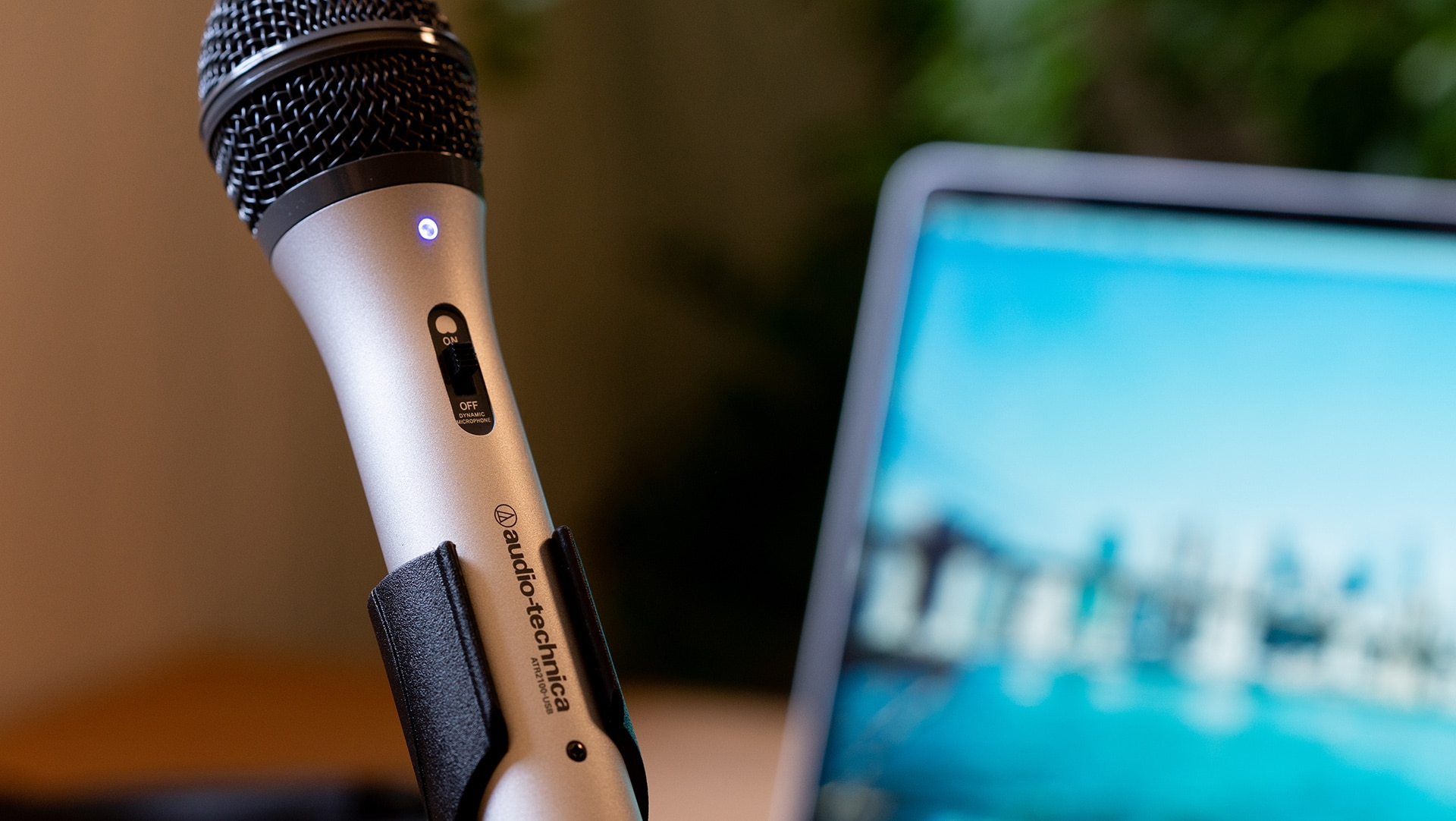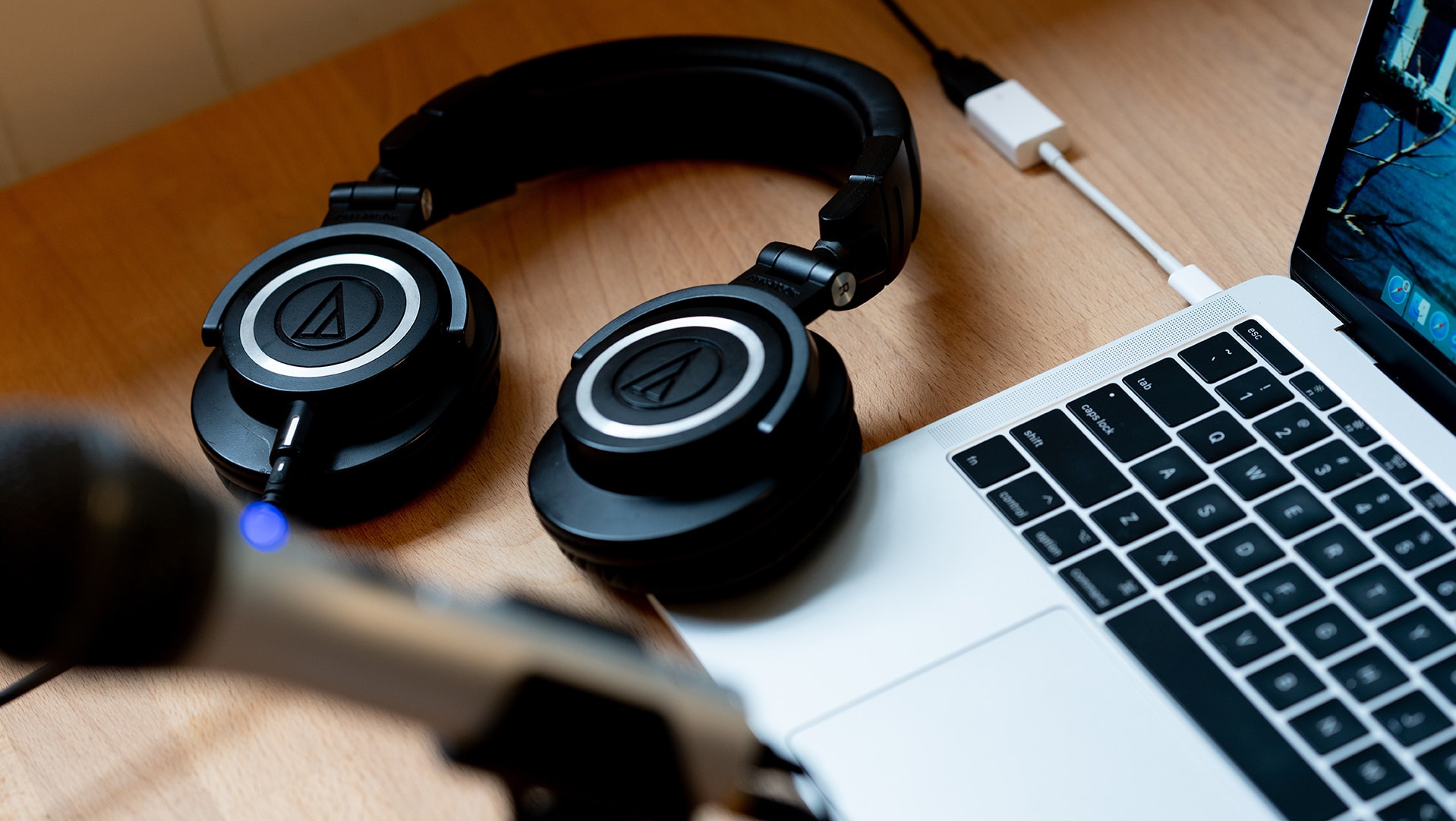There’s a plethora of USB microphones that exist on the market, and the suggestions about what USB microphone should be used for podcasting are infinite. However, where these suggestions fall short is in identifying the purpose of what the microphone is being used for.
Dynamic and Condenser Microphones
There are two types of microphones, Dynamic Microphones, and Condenser microphones, both of which have different purposes.
Condenser Microphones are built for studios. They are extremely accurate in picking up all the surrounding noise in a studio – they’re the go-to choice if you’re recording acoustic instruments or ambient sounds in a treated space.
Alternatively, Dynamic Microphones are used by vocalists, broadcasters and announcers. They do an incredible job at isolating voice and recording in environments that have background noise – think live performances.
When you look at the purpose of these two types of microphones, you can quickly identify the preferred type of microphone for podcasting: a dynamic microphone.
Audio-Technica’s ATR2100X: The Best USB Microphone

Pictured: The ATR2100, predecessor to the ATR2100X
This is why we recommend Audio Technica’s ATR2100X Dynamic USB Microphone for podcasting. Questions from guests, to questions from listeners, the ATR2100X is always our suggested USB microphone – it’s affordable, plug and play, and has a built-in headphone jack and microphone stand.
The dynamic nature of the ATR2100X eliminates the worry of background noise by reducing unwanted sounds from the rear and side of the microphone, and is ideal for people podcasting in an untreated room – which is almost everyone.
USB Microphones are a great place to start when it comes to choosing a microphone. Mixers and audio interfaces, whilst crucial to professional workflows, add complexity. Having a microphone that’s plug and play, like the ATR2100X, makes recording a podcast significantly easier.

Where the ATR2100 comes with a USB-A cable, the refreshed ATR2100X comes with a USB-C cable in the box.
Audio-Technica’s ATR2100X features a refreshed design and now includes a USB-C cable in the box (in addition to a USB-A cable and XLR cable). So, if you can’t get your hands on the ATR2100X, its predecessor, the ATR2100 (pictured), still features the exact same internals, sound quality and comes with a USB-A and XLR cable.
You’ll see and hear the ATR2100 and ATR2100X being used by guests, talent and producers across our Podcast Network, simply because of its flexibility, ease of use and high quality audio – it turns anyone’s remote setup into a great sounding source of audio.









